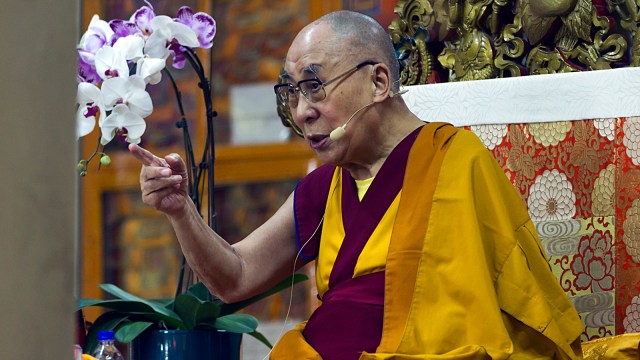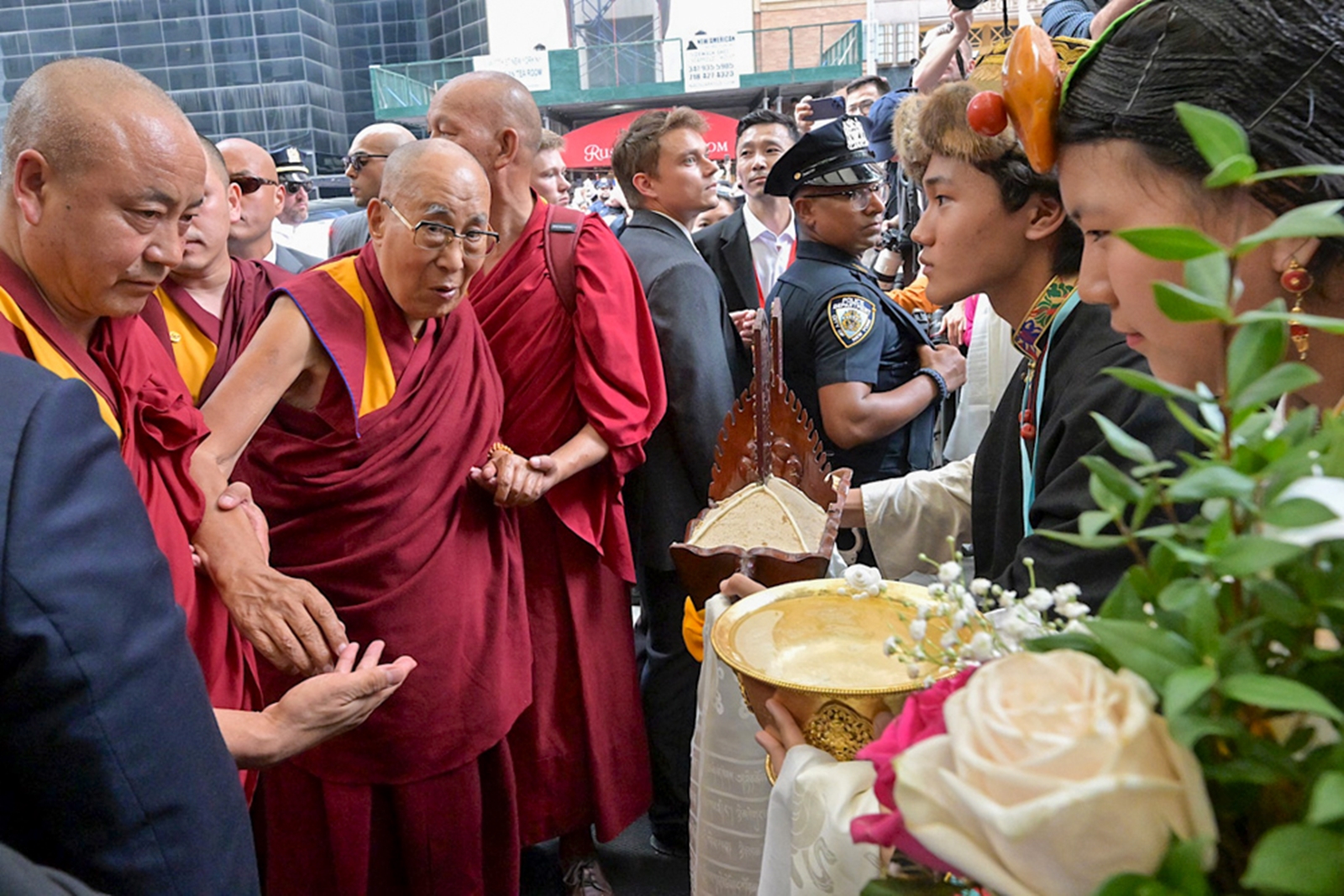
The XIV Dalai Lama (DL), who turned 89 today, is popular for his modern perspective on life and politics, a refined sense of humour, and strong devotion to scholarly activities involving teaching and writing. Over the last six decades, the Dalai Lama has transformed himself from a spiritual and religious leader of the Tibetans to a teacher of democracy.
DL has provided a magnanimous leadership to the Tibetan Government-in-Exile to peacefully fight for a democratic order. In his guidance, a constitution was launched by the Tibetans in 1963. In 1991, a charter for governance in exile based on Buddhist values, liberal democracy and human rights was launched. He emerged as a stupendous teacher-practitioner who ushered Tibetans into a democratic way of life, characteristically different from one governed by religious structures and ideas. He used the medium of “teachings”, as is prescribed in Tibetan Buddhism, to convince his followers to nurture the idea of democracy.
On employing the literary tools of content analysis, one finds that by conceptualising democracy in specific ways and communicating it, he has created an organic discourse around the knowledge of democracy. The text of his speeches helps us to identify a “teach-able” version of democracy that informs what needs to be done when democracy has to be taught to ordinary people as a way of life and what form its oral and written text should take. He described democracy as a process using which the Tibetans could walk on a path leading to it (democracy) and continued to convey the scope for further reforms. He assured his followers repeatedly that democracy was connected with Buddhism in an organic manner and the Tibetan past. When he relinquished political power in 1998, he became a living symbol of the idea that democracy was the responsibility of the people and not a select few.
This is consistent with the construct of “vehicles” in Tibetan Buddhism. Different vehicles of Buddhist practice are characterised by different styles of manifesting the role of the teacher. A “vehicle” possesses a base, path, and fruit. The base is the experience, understanding, and personal development of the practitioner. The path is the appropriate practice and the fruit is the accomplishment. The Dalai Lama has ushered the exiles into visualising democracy as a base of life, a path and also a fruit to be achieved. He paved the ground for thinking afresh about collective governance and the need to achieve a middle path between the cultural past and the modern present. As a good teacher, he constantly demanded that the ancient ways of spiritual law and politics be maintained while recognising that some old ways had to be discarded, and some new ways had to be appreciated.

While introducing such complex ideas, he constantly refers to the role of education. He sees education as a medium to achieve an amalgamation between the past and the present. His approach can be classified as that of famous 20th-century educationist John Dewey who considers education as a social process that should be seen as a process of living. In this frame, the Dalai Lama emerges as a teacher who introduced a monumental transformative idea to a large group of people, continually taught it to them and then asserted the need to practice democracy. He also emerged as a teacher who kept the hope of a large number of people alive by showing them a path and goal to follow. He helped them develop the conviction that a change will essentially come if efforts are made.
In his endeavour, he remained consistent with the Buddhist tradition of training the mind to overcome afflictive emotions. While teaching and encouraging people to practise democracy, he maintained a position of spiritual freedom that refuses to strike back in anger or retaliation. The spiritual freedom with which the Dalai Lama has responded to violence and maintained an approach that does not perpetuate animosity stands as an inspiration to us all. It prompts us to re-look at various religious traditions to explore resources that can contribute to our understanding of life. This is where he has been a symbol of yet another aspect of the liberal outlook. He has been open to the wisdom of other religions, a practice deeply rooted in his own Madhyamaka tradition of Buddhism. DL has presented a model of interfaith education which involves shaping a healthy religious identity grounded in the resources of one tradition, respectful of the important differences among religious visions while remaining open to the beauty, goodness, and truth found in other religious paths.
Learning to gain knowledge and wisdom is central to Buddhism. Its primary principle is that ignorance is the root cause of all suffering, and knowledge is the antidote. One of the most important ritualised practices is to gain knowledge through debate. The central purpose of Tibetan monastic debate is to defeat misconceptions, establish the correct view, and clear away objections to that view. The monastic debate involves mastering several verbal and non-verbal patterns, diligently seeking to learn well and fully understand the meaning of various philosophical principles. It is a part of the cultural patrimony that the DL has reimagined and emphasised by promoting it in religious institutions as well as secular schools. It is taught to all the Tibetan refugee children. He has promoted debate as a way to arrive at a stable and resolved understanding of issues that may help them construct knowledge and face the challenges of living with uncertainties.
As he crosses an important personal milestone, we can celebrate it by acknowledging him as an educational philosopher. He is a modern thinker whose ideas and philosophy on life help us develop a meaningful perspective on education in a democratic context. The term Dalai Lama is made up of the Mongolian word dalai (i.e. vast/ocean) and the Tibetan word bla ma (i.e. spiritual teacher) meaning Ocean-like Spiritual Teacher. True to this title, the XIV Dalai Lama is a ‘Magnificent Teacher’.
The writer teaches education at Delhi University. She was the FUR fellow for Dalai Lama Studies in 2022



